Cucumber, Gherkin
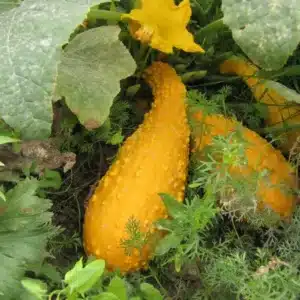
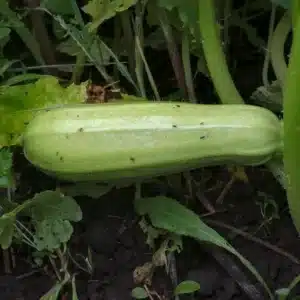
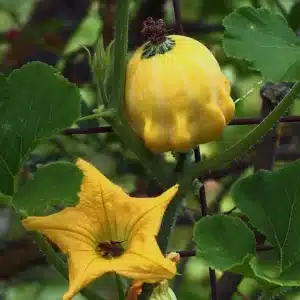
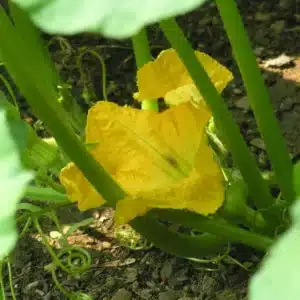
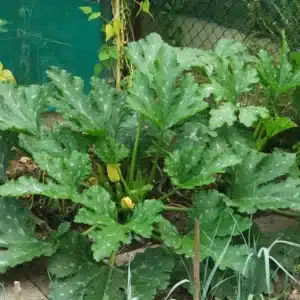
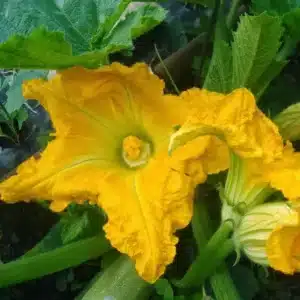
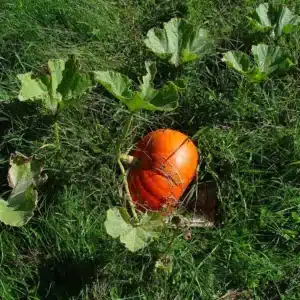
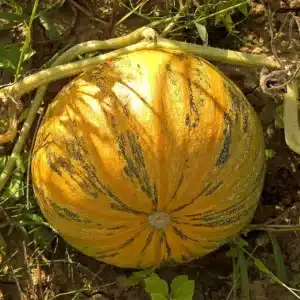
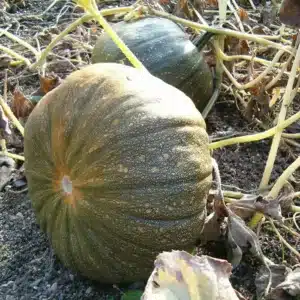
Cucumbers are propagated by seeds which should be planted approximately two weeks after the last expected frost. Cucumber seeds should be some directly into well-prepared fertile, warm soil after the last danger of frost. Cucumber seeds will not germinate in soil colder than 60°. The seed should be spaced 3 inches apart in groups of 4-6 seeds and then covered with 1/2 inch of fine soil. Cucumber should be planted in the full sun (6 or more hours of direct sunlight a day) into soil containing a high organic matter with a neutral pH and good drainage. Each cucumber plant will require between 12 inches up to 3 feet of space depending upon the variety. The seedlings must be kept evenly moist. Germination is between 7-14 days. Thin the planted groups to the strongest three or four seedlings when they are 2 inches high. Cucumbers have variable days to maturity depending upon the variety. Consult the package containing the seeds for specific details, however, maturities of 50 – 60 days are common.
Weeds should be removed routinely as they compete for water and nutrition. Cucumbers have a shallow root system. High-quality organic mulches help retain soil moisture and maintain more moderate soil temperatures. The cucumber plant should be kept well-watered during the growing season, especially during periods of dry spells and heat. Clean fresh organic mulches help to keep the fruit from touching the soil. Monitor for pests and diseases. If cucumber seeds are directly sung along the cucumber fence lines, they can be trained to grow upright. Vegetable plants can be grown as companions in space not occupied by cucumbers if the cucumbers are maintained vertically. Do not allow cucumbers to remain on a vine after maturity. The fruit will become less desirable, and the plants will begin to form seeds and shut down.
Cucumbers have low nitrogen requirements, but they need high potassium and high phosphorus levels. With commercial fertilizer formulas, this means the first of the three numbers on the package should be lower, for instance, 5-10-10. Or the numbers overall should be low, such as 4-4-4, rather than 20-20-20. The best cucumber food is well-aged compost. Compost only has 2 percent nitrogen. It releases nitrogen slowly over many years. Compost won’t cause runaway vegetative growth at the expense of fruit. Instead, it adds nutrient reserves that stay available in the soil long term.
To avoid damage to the cucumber vine, fruit should be cut from the vine using sharp garden shears. Pruning is not necessary unless small portions of the cucumber vine have become damaged. Fruit is best harvested in the morning before the sun has heated the fruit. The flowers on the cucumber vine must be maintained because cucumbers develop after they are fertilized by bees.
Alternaria Leaf Spot: Small, round reddish-brown spots, usually with a yellow halo, form on the upper surface of the leaves. Avoid getting water on the foliage. Anthracnose: This is a fungus disease that attacks the fruit as it is ripening. Irregular brown spots develop on the leaves. Provide sufficient space between plants with good air circulation and avoid overhead watering. Bacterial Wilt: Leaves turn brown, stems wilt and shrivel, the infected plants die. Remove and destroy plants showing signs of the disease. Control cucumber beetles. Powdery Mildew: Avoid powdery mildew by providing good air circulation for the plants by good spacing and pruning. Contact your Cooperative Extension Service for fungicide recommendations. Seed Rot and Damping Off: Plant seeds in a raised hill that will warm up earlier. Keep beds moist but not waterlogged. Aphids: Greenish, red, black, or peach-colored sucking insects can spread disease as they feed on the undersides of leaves. Introduce or attract natural predators into your garden such as lady beetles and wasps which feed on aphids. You can also wash them off with a strong spray, or use an insecticidal soap. Cucumber Beetles: Beetles may be spotted, striped or banded and can be very harmful. Knock off adults into a jar of soapy water and destroy them. Spade the soil to destroy dormant beetles before you plant. Use a row cover to prevent adults from feeding on young plants. Squash Bugs: Adults are 5/8 inch long and gray or brown. Squash bugs give off a foul odor when crushed. Brush off adults into a jar of soapy water and destroy them. Check for clusters of eggs on the back of leaves and destroy them. Use a floating row cover to prevent females from laying eggs on plants. Spider mites: These tiny spider-like pests are about the size of a grain of pepper. They may be red, black, brown or yellow. Spider mites may be controlled with a forceful spray every other day. Try hot pepper wax or insecticide soap. Misshapen Fruit: Cucumbers can become round or misshapen when they receive too much water. Mulch to help moderate moisture levels.







